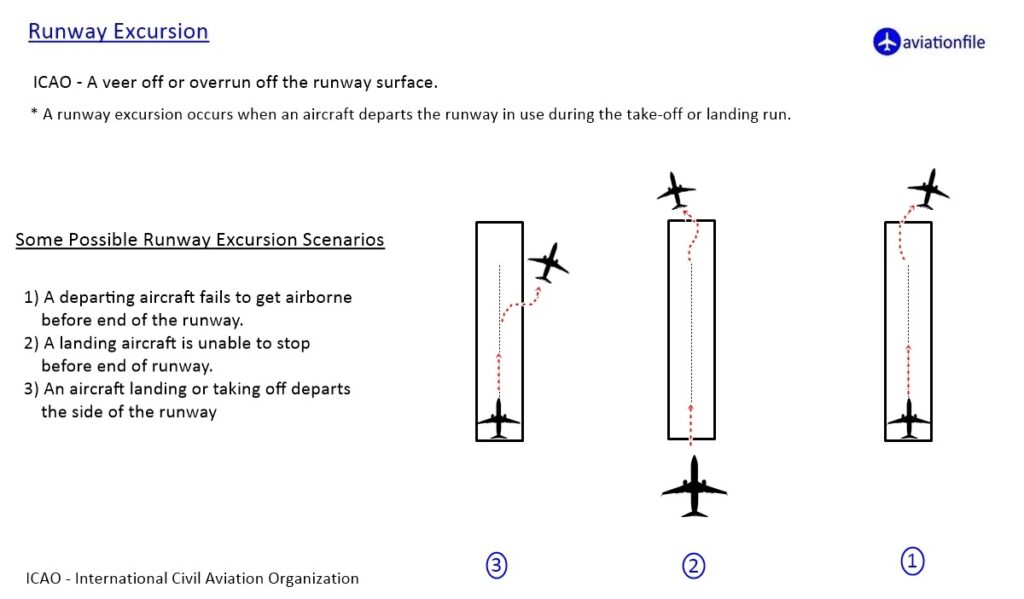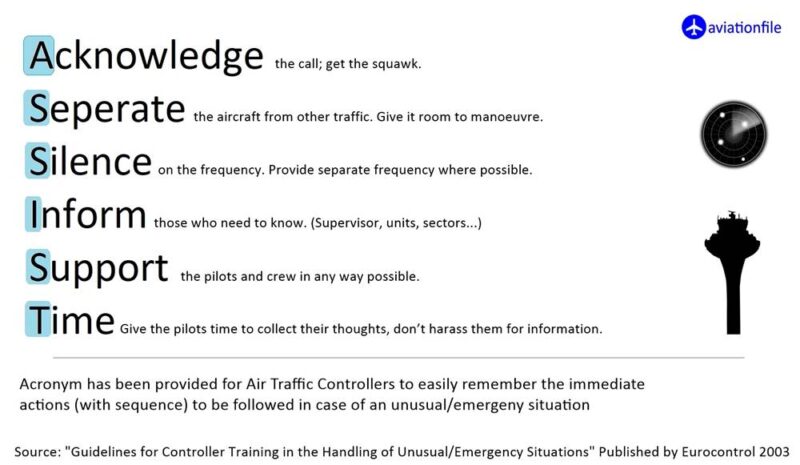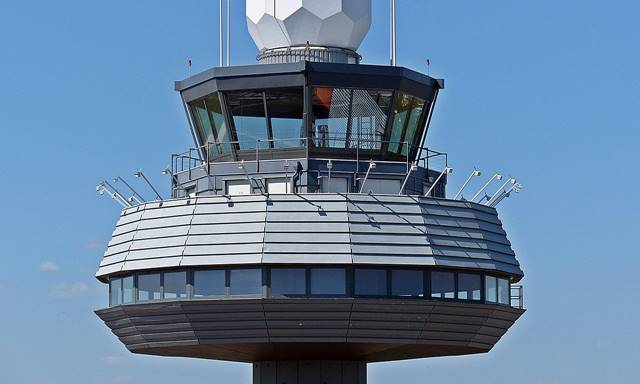Air Traffic Controllers: Masters of the Unexpected, Emergencies
Air Traffic Controllers (ATCs) are the air traffic conductors of the skies, meticulously orchestrating the safe flow of airplanes. However, their job description goes far beyond routine flight management. ATCs are highly trained professionals adept at handling unexpected events and emergencies, making split-second decisions under pressure that can save lives.
The Unpredictable Nature of Air Traffic
Unlike a factory assembly line, the air traffic environment is inherently dynamic. Several factors can throw a curveball at even the most meticulously planned schedule:
- Rapidly Changing Weather: Sudden storms, wind shear, and visibility issues can disrupt flight paths and require immediate rerouting.
- Equipment Malfunctions: While rare, technical problems with radar or communication systems can hinder an ATC’s ability to track aircraft and maintain safe separation.
- Medical Emergencies: A pilot’s incapacitation or a passenger experiencing a medical crisis onboard necessitates prioritizing a safe and immediate landing.
- Bird Strikes: Collisions with birds, especially large flocks, can cause significant damage and require an ATC to guide the aircraft to a safe landing.
These unexpected events create a time-sensitive pressure cooker for Air Traffic Controllers. They must react quickly and decisively to ensure the safety of all aircraft within their airspace.

Essential Skills for the Unexpected
ATCs cultivate a unique skillset that allows them to thrive in this dynamic environment:
- Expert Decision-Making: The ability to analyze a situation rapidly, assess potential risks, and choose the safest course of action for all involved aircraft is paramount.
- Creative Problem-Solving: Thinking outside the box is essential for finding solutions under duress. ATCs must adapt plans on the fly to navigate unforeseen circumstances.
- Crystal-Clear Communication: Clear and concise communication is the lifeblood of air traffic control. ATCs must effectively convey instructions to pilots and maintain clear communication with other controllers to ensure everyone is on the same page.
- Adaptability and Resourcefulness: The ability to adjust strategies and leverage available resources as situations evolve is crucial for maintaining a safe and efficient airspace.
Sharpening Your ATC Skills
If you dream of a career as an ATC, here are some tips to get you started:
- Mental Agility is Key: Regularly practice mental math, spatial reasoning exercises, and improve your multitasking abilities. These skills will be crucial for handling the complex information overload inherent in the role.
- Communication is King: Take courses or participate in activities that enhance your communication skills. The ability to clearly and concisely convey instructions is vital for ensuring pilot understanding and maintaining situational awareness.
- Stay Ahead of the Curve: Actively follow aviation news and developments in air traffic control procedures. This will keep you informed about the latest technologies and best practices used in the field.
Training for the Unexpected: A Simulated Example
Let’s delve into a simulated training scenario to understand how aspiring ATCs develop their skills:
The Scenario: ATC trainee, Sarah, is managing a busy airspace near a major airport. Suddenly, a pilot on a passenger plane headed for landing reports a bird strike damaging the aircraft’s engine.

Training Objectives: This scenario tests Sarah’s ability to:
- Prioritize the Emergency: Identify the seriousness of the situation and prioritize the affected aircraft.
- Clear Communication: Clearly communicate with the pilot, assess the damage, and determine the best course of action (landing priority, potential diversion to another airport).
- Maintaining Order: Inform other approaching or departing flights about the situation while ensuring safe separation between all aircraft.
Through such simulations, trainees are exposed to various emergencies, honing their decision-making skills and building the composure needed to effectively manage unexpected events in a real-world setting.
By mastering these skills and undergoing rigorous training, ATCs become the calm amidst the chaos. They are the guardians of the skies, ensuring the safety of countless passengers and crew members by skillfully navigating the ever-present possibility of the unexpected.
Further Reading and References for ATC Unexpected Events Training
- Federal Aviation Administration (FAA) Advisory Circular (AC) 120-51H – Change Management for Air Traffic Control Facilities: https://www.faa.gov/regulations_policies/advisory_circulars/
- International Civil Aviation Organization (ICAO) – Handling Emergencies and Unexpected Events in Terminal and En-Route Airspace: https://igat.icao.int/ated/TrainingCatalogue/Course/460
- SKYbrary Aviation Safety – Unexpected Events Training (OGHFA BN): https://skybrary.aero/tutorials/stabilised-approach-awareness-toolkit-atc



